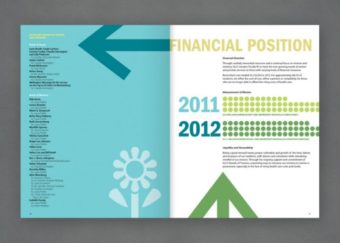As a director or manager of a nonprofit, monthly budget assessments will allow you to track and manage your nonprofit’s finances. Monthly meetings, which should happen after a *cost-benefit analysis, should involve your Finance Committee, Budget staff, and/or Project Manager(s). These meetings should review program deliverables and program budget/actual efficiency and include the following items:
Review budget projections and compare the projected budget to actual results. To ensure that you have revenues to take care of expenses and that you are in compliance with the terms of the grant; evaluate what happened the previous month and what the impact will be on future months. Make adjustments to future planned actions based on your actual results to date. (Possible Budget Revision)
Look at specific line items or Group of items. Analyze every line item and look for potential reasons that will require a budget revision and if a budget revision is required you should have a good idea of why the actual is not in line with the budget.
Seek ways to cut excessive administrative costs. Reviewing you General Management and Administrative costs will show you where you might be able to cut costs that are not covered by any grant funds.
Ensure Meaningful review of your budget. Meeting with your Finance Committee, Budget staff, and/or Project Manager(s) to analyze every cost and get rid of unnecessary ones will help to ensure efficiency in running your program(s) and you should consider everything that will keep you efficient without compromising program quality.
Submit grant proposals and contracts to stabilize your funding streams. Be aggressive in seeking and applying for funding opportunities to sustain and expand your organization’s existing programs while adding new ones.
Look for ways to collaborate with other nonprofits in your community. Seek to form partnerships with larger nonprofits for fundraising activities.
* Cost-Benefit Analysis,
When an organization conducts a cost revenue analysis, it looks at the relationship between cost and revenue. Because nonprofit organizations’ outputs typically do not generate their revenue, you may need to conduct several different cost revenue analyses at different stages of your organization’s business cycle. For example, fundraising is a common source of revenue and can be matched with specific costs. Providing services, however, might not generate any revenue despite incurring the majority of expenses.
Resource for Fiscal Compliance

You will find this book to be invaluable when setting up and maintaining your systems for non-profit finance, compliance and reporting and organizational status reports to your Board of Directors and other interested parties. In addition to performing deliverables, as specified in your program plan, timely and effectively, you should not have to worry about discontinued funding due to non-compliance.


